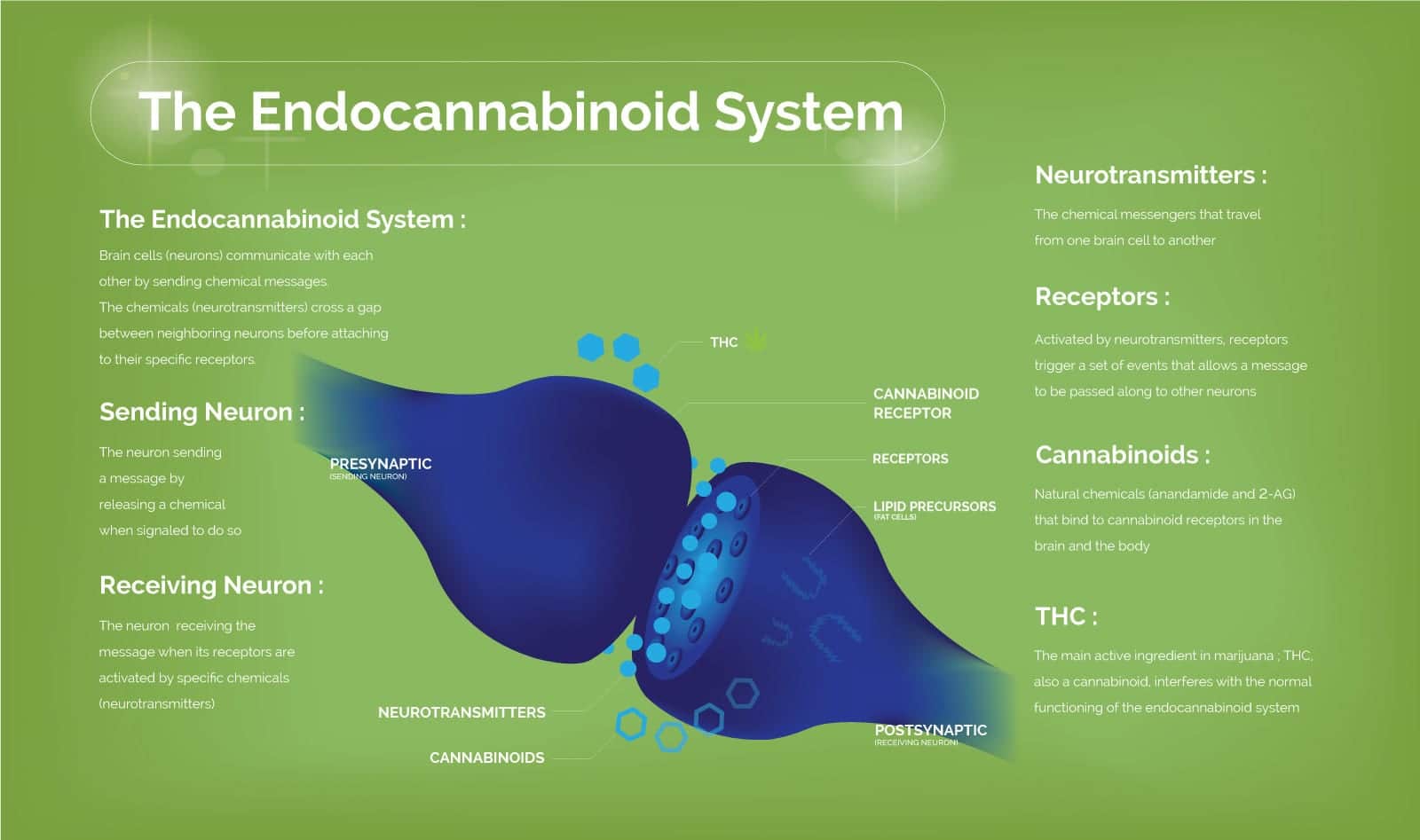Learn About Cannabis Chemistry
To understand CBD and the endocannabinoid system, you need to start with a history lesson. Even before researchers discovered the endocannabinoid system, cannabis has had a role in folk medicine for millennia. Historically, practitioners have used it to address a myriad of health issues. Investigation into the benefits of cannabis led to the discovery of chemical compounds within the plant called cannabinoids. There are over 80 different types of cannabinoids present in cannabis, depending on the cultivar. The two most frequently referenced are Cannabidiol (CBD) and delta-9-tetrahydrocannabinol (THC). CBD is a non-intoxicating cannabinoid. THC is intoxicating.Scientists isolated cannabidiol for the first time in the 1940s. However, it wasn’t until the mid-1960s that research into the psychotropic effects of the plant led to the isolation of THC by Dr. Raphael Mechoulam and colleagues. The discovery of CBD and THC sparked an interest in the scientific community for further research. Their discoveries illuminated the unique properties of these compounds and how they are utilized by the human body. Ultimately, this led to the discovery of what has become known as the Endocannabinoid System (ECS).
The Endocannabinoid System
The Endocannabinoid System, or ECS, is a set of cell receptors in the human body and a specific set of molecules that are capable of attaching to those receptors. These molecules and receptors function in a way that is similar to a circuit and battery. There are two primary receptors on this pathway, CB1 and CB2. CB1 receptors reside primarily within the central nervous system, as well as throughout the body in lower concentrations. You can find CB2 receptors on immune cells and in blood cell precursors, as well as other bodily tissues. Chemical compounds that bind to these receptors and activate the pathways are called agonists, while those that bind and prevent the pathway from being activated are called antagonists. THC is considered an agonist, as it can bind directly to the CB1 and CB2 receptors to “turn on” those pathways. Activation of these pathways have been shown to influence several systems associated with well-being, physical sensation, and more.

